Forms of violence are varied but it’s evil in all forms; violence doesn’t always have to be physical, it can cause you pain and torment in other ways too.
“Sticks and stones can break my bones, but names will never hurt me.”
Linda: The dictionary defines violence as “injurious physical force, action, or treatment intended to inflict harm.” The most important word in this definition is “intended”. What makes a behavior violent is that there is an intention on one or both parts to inflict pain or injury.
This intention is not necessarily driven by a sadistic desire to create suffering in the other person but may be motivated by the belief that a violent response is necessary in order to teach a lesson or to right a wrong. Many people, on the other hand, believe that the best defense is a good offense.
Related: WARNING: Is Your Relationship Difficult Or Actually Dangerous?
When someone feels the need to defend or protect himself or herself, a violent reaction can seem to be necessary. Ironically, when we default to verbal violence, threatening conditions are inflamed, not diminished, and the likelihood of reprisal is increased.
Violence isn’t limited to the use of physical force. It can be expressed in a variety of ways.
Most of us are more inclined to tolerate non-physical forms of violence than we are the more overt physical forms. Violence can occur in forms such as intimidation, verbal and non-verbal threats, body language, and menacing gestures. Silence can be an effective strategy to control or punish.
The violence of silence can at times be even more painful than verbal violence.
The pain of disconnection can run deeply in many of those [of us] who have experienced childhood loss and trauma. Most of us have been on both sides of the verbal violence equation and we know what each side feels like. We also know that the consequences of violence extend far beyond ourselves, and impact the lives of those with whom we touch.
Tolerating violence in any form is disrespectful and tears big holes in the fabric of trust.
It can take days, weeks, months, or longer to grow back the trust that can be ripped apart in a moment. All forms of violence do stem from fear. The one acting out violence is afraid they won’t get their needs met, so they manipulate with control. Preventing or minimizing domestic violence requires self-discipline to de-escalate the situations that give rise to aggressive episodes.
For those who have difficulty managing their destructive impulses, [there are] anger management groups and individual therapy is available.
Words wound people and they can wound very deeply. Most treatment modes encourage perpetrators of violence to identify the self-talk, rationalizations, and justifications that he or she uses to excuse their behavior.
Seeing these justifications as ways of legitimatizing behaviors that are essentially harmful to both the perpetrator and the victim of violence can help to interrupt the cycle of violence.
There is often collusion by the other partner who may find it difficult to hold their ground in the face of the threat of an attack. When one counters these forms of denial, it can be helpful to not get into an argument about whether or not the other is being violent or an argument about the semantics of the word ‘violence’ and to just stick with the feelings they have in response to verbal violence. e.g. “it’s hard for me to stay open to hearing what you are saying when I’m so triggered by your words. Is there a way that you can tell me what you’re feeling that doesn’t include threats or your judgments of me?”
Related: Emotionally Overwhelmed or Feeling Trapped In An Abusive Relationship? Here’s What You Can Do
Verbal violence has the same roots of fear that physical violence does, and once again, it’s fear that drives these destructive behaviors. It is likely that these patterns have been in the family, handed down for generations.
When our parents, grandparents, great-great-grandparents got frightened, anxious that they would not get their needs met, fearful that they might be dominated or controlled, the aggressive form was to insult, threaten, criticize, guilt trip, or in some way assassinate the other person’s character.
More covert forms are swallowing feelings, denial, passive aggression, and displacement onto those upon whom it is safer to dump their feelings. Some of us grew up seeing these behaviors as normal and acceptable.
When someone is in a relationship with a rage-a-holic, it can feel like it is never safe to fully relax. They are always living in a state of ongoing tension fearing an outburst. They are almost always on edge, anticipating the next attack that could occur at any moment. Not only is emotional well-being compromised, but physical health is diminished as well. Depression is also a frequent consequence of being the object of verbal violence.
The quantity and quality of sleep are similarly affected. Appetite may be diminished or greatly amplified in an effort to numb the pain of anxiety. There is always at least a low level of resentment. Even in those cases where only one person has been the abuser, both parties are always impacted. Trust between the two people inevitably erodes.
Like all destructive patterns and habituated behaviors, breaking the habit of impulsive reactivity when we feel angry or threatened is much easier said than done. It is, however possible to neutralize violent reactivity when the intention is clear, the commitment is strong, and when responsible support is available.
When these conditions are present, even deeply embedded patterns can, over time be dissolved. And when they are, we can finally know the true meaning what it means to live in peace.
Written by Linda and Charlie Bloom Originally appeared in Psychology Today
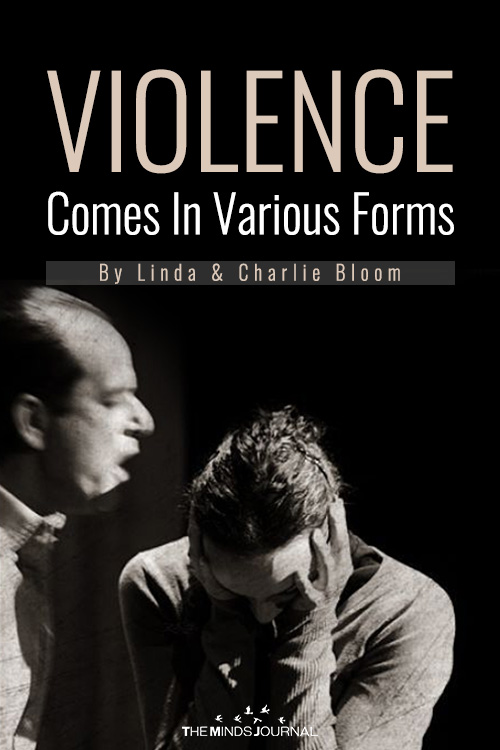






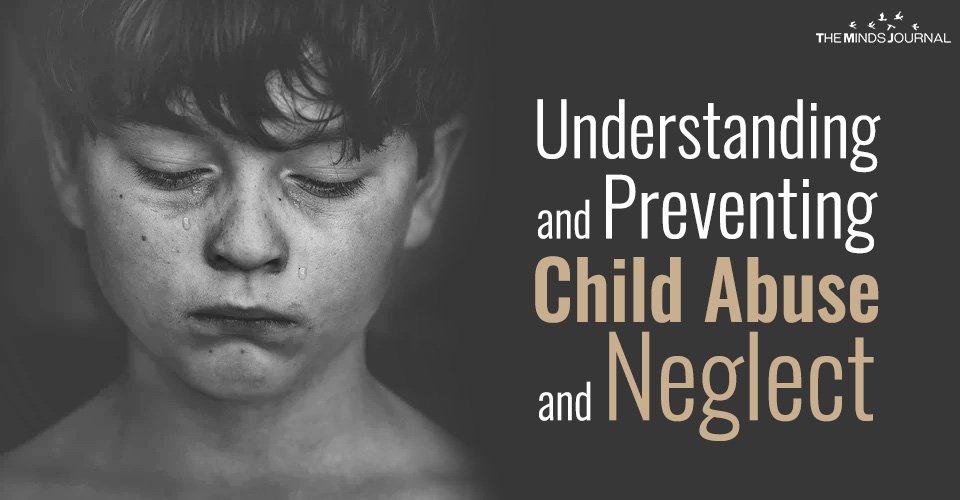

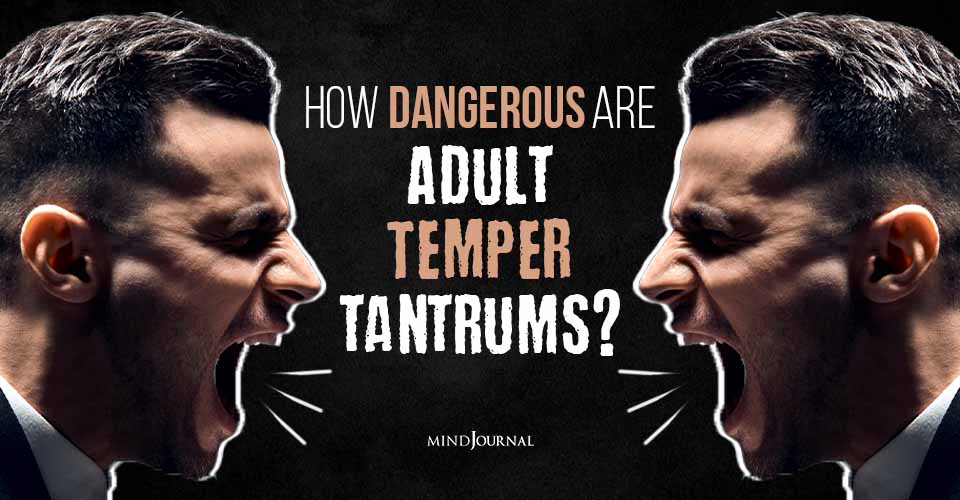
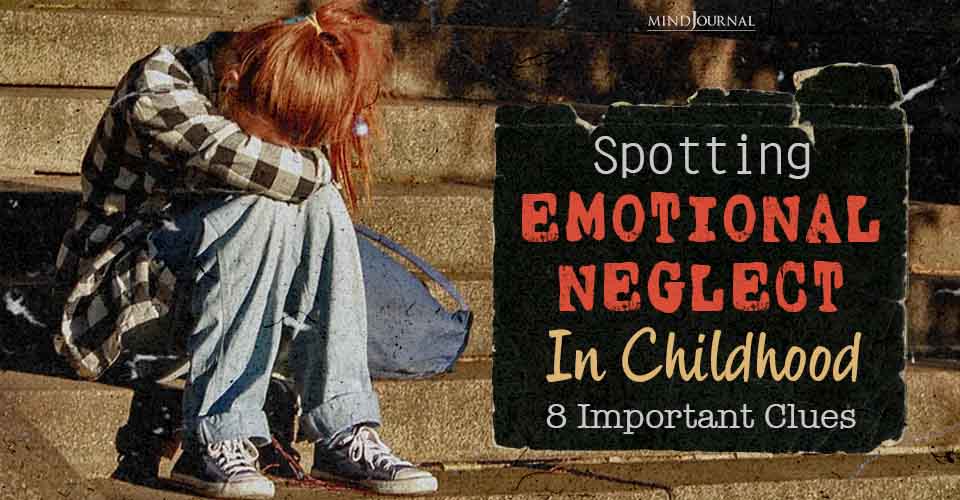
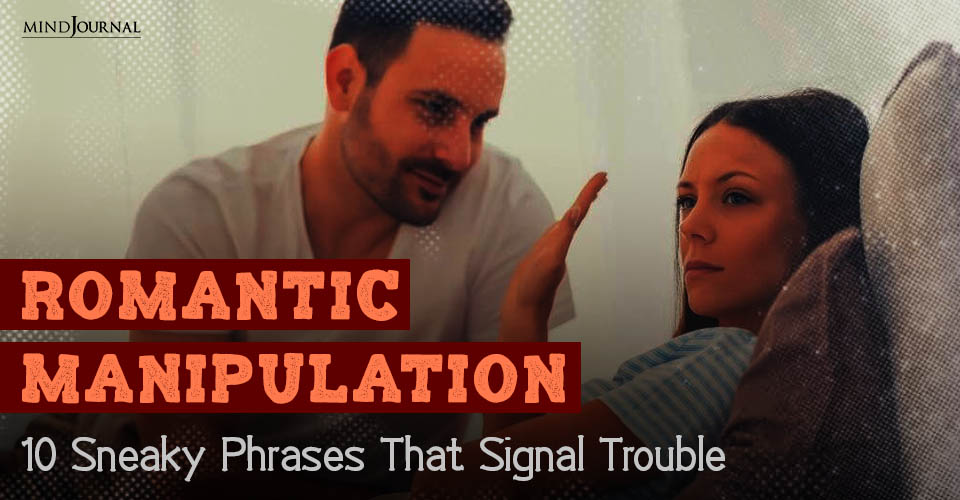
Leave a Reply